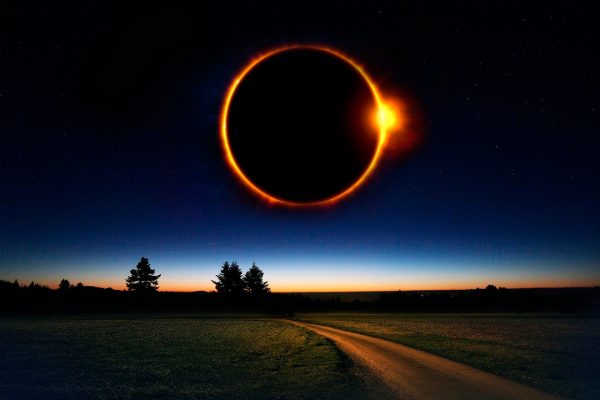The Great Mexican Eclipse 2024, next Monday, April 8, will be partially observed, due to the geographical location of the State, since the Moon will only hide about 60 percent of the King star, and it will be fully appreciated from the Yucatecan coast and even in archaeological areas open to the public, as long as atmospheric conditions allow it, explained Yucatecan astronomer Eddie Salazar Gamboa.
He added that the majority of the country will experience a partial eclipse, such as Mexico City, where the Moon will cover 79% of the Sun.
The academic from the Mérida Technological Institute (ITM) explained that in the case of Mérida, this event will begin at 11:18:19 a.m., will have its maximum partiality at 12:35:08 p.m. and will conclude at 1:52:18 p.m., so the duration will be two hours, 33 minutes and 59 seconds.
“The maximum occultation for Mérida will be 59.7 percent, while for other municipalities it will range between 59.8 and 60.8 percent. Only for Chichén Itzá, the maximum phase of the eclipse is 58.9 percent, while in Sisal, in the community of Hunucmá, and in Tekax it will be 60.1 percent,” indicated Professor Salazar Gamboa.
He added that in Uxmal, the occultation of the King star will be 60.5 percent; in Maxcanú it will be 60.6 percent, and in Celestún, 60.8 percent.
The UADY emeritus professor also commented that in Campeche it will be 61.7 percent, and in Chetumal, 60.6 percent.
“There are more than 60 days left until the total eclipse of the Sun is visible in Mexico, which is the second most anticipated in two years, since the previous one was the annular eclipse of the Sun, called “The Ring of Fire”, which occurred on October 14 of 2023”.
The Yucatan Peninsula will be the scene of a total solar eclipse scheduled for September 23, 2071, while the annular eclipse will be for November 9, 2292,” the astronomer Eddie Salazar Gamboa concluded.
TYT Newsroom



